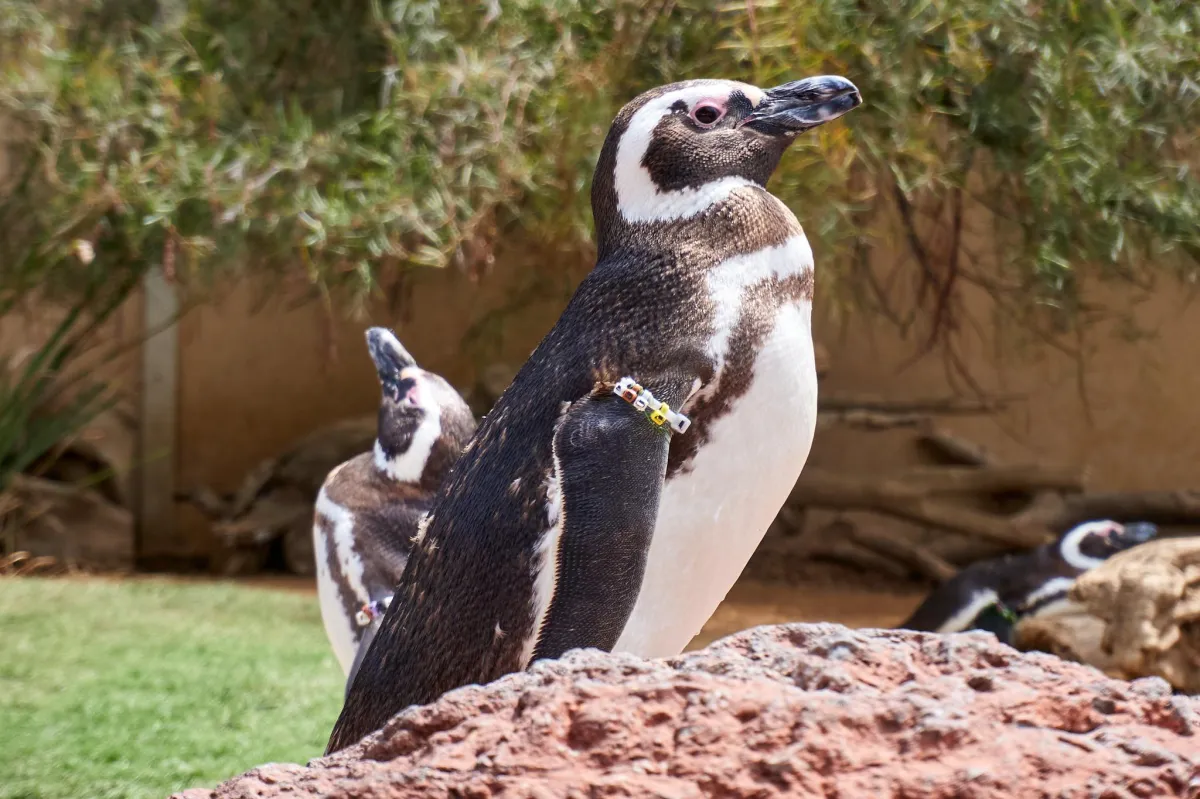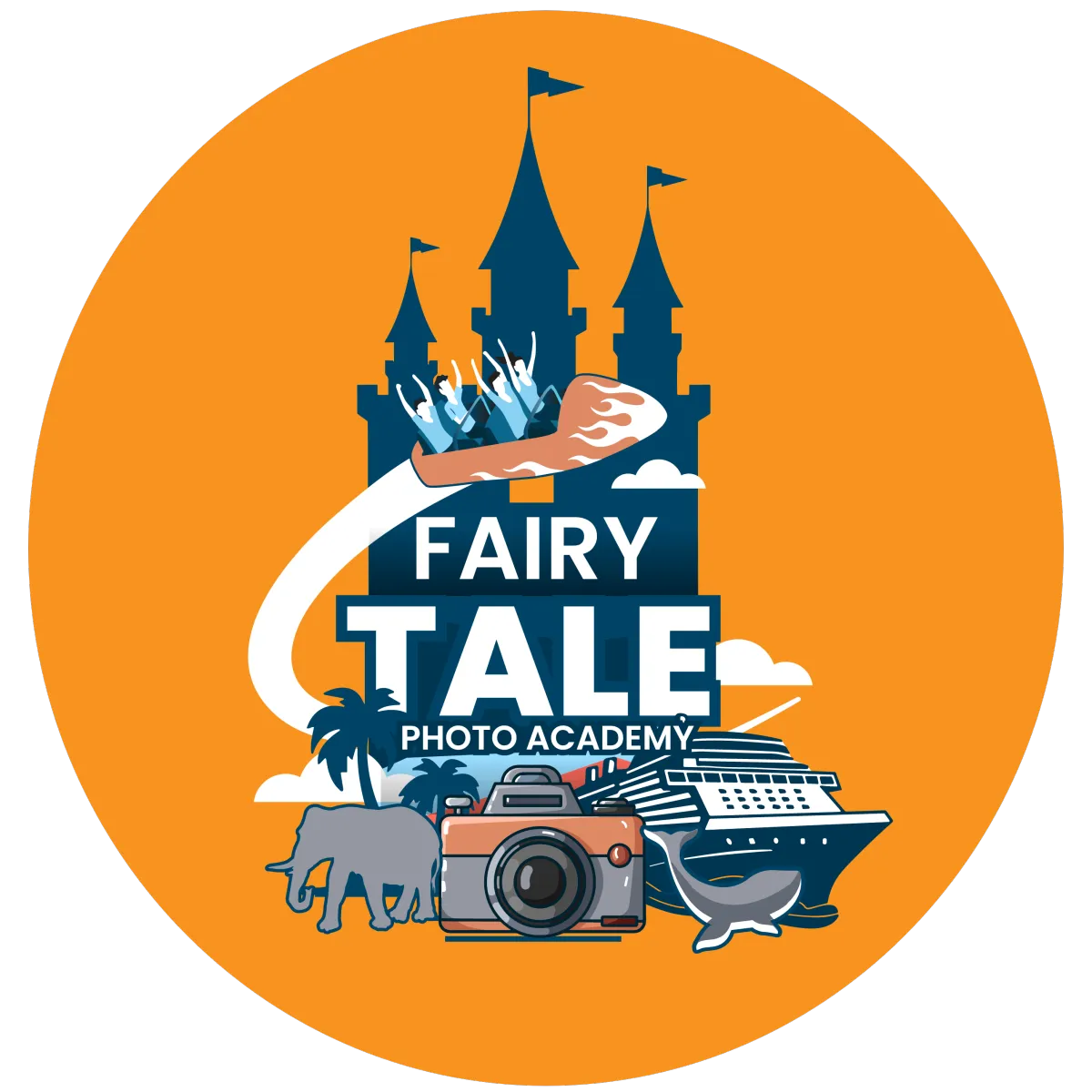
Not Just Rides: Unlocking the Beauty of Theme Park Wildlife Photography
When people think of theme parks, they often picture thrilling roller coasters, dazzling parades, and whimsical architecture. But tucked among the attractions is another world entirely—one full of life, movement, and personality. Theme parks are home to a surprising array of animals, from carefully curated exhibits to unexpected wildlife visitors. Capturing these creatures in action requires patience, quick reflexes, and an eye for spontaneous moments. If you take the time to observe, you’ll find plenty of opportunities to create compelling animal photography right in the middle of a bustling theme park.
Resident Animals: Photographing the Park’s Animal Exhibits
Many theme parks feature dedicated animal exhibits, whether it’s an expansive safari ride, an aviary filled with tropical birds, or an aquarium teeming with marine life. These resident animals provide excellent opportunities to practice wildlife photography in a controlled environment.
Be Patient – Unlike a roller coaster, animals don’t follow a predictable track. Observe their behavior and wait for the perfect moment when they strike a dynamic pose or interact with their surroundings.
Use a Fast Shutter Speed – Even slow-moving animals can shift unexpectedly. A fast shutter speed (1/500 sec or higher) helps freeze motion and capture crisp details.
Find a Clean Background – With exhibits often framed by artificial enclosures, positioning yourself for a natural-looking background can make your photo feel more like a shot from the wild.
Interactive Encounters: Capturing Close-Up Moments
Some parks offer opportunities for guests to interact with animals, from feeding lorikeets to petting stingrays. These moments can lead to intimate, emotion-filled images that showcase the connection between people and animals.
Zoom In on Expressions – Whether it’s a child’s face lighting up as they feed a parrot or the gentle gaze of a giraffe reaching for a snack, these moments tell a story.
Anticipate the Interaction – Animals in encounter settings often repeat certain movements. Watch closely and be ready to capture the peak moment when it happens.
Capture Movement – A slow shutter speed can help create a sense of energy, such as the blur of flapping wings or water splashing from a playful dolphin.
The Unscripted Guests: Photographing Non-Resident Wildlife
Beyond the animals that parks intend for you to see, there are the opportunistic ones—the birds, squirrels, and even the occasional raccoon that have learned where to find an easy meal. These uninvited guests provide unique photography opportunities, as they interact with the environment in unexpected ways.
Be Ready at All Times – A seagull snatching a fry from a guest’s hand or a squirrel peeking over a fence happens in an instant. Keep your camera settings dialed in so you’re always ready to shoot.
Use a Telephoto Lens – Many non-resident animals won’t let you get too close, so a longer focal length (200mm or more) helps capture details from a distance.
Embrace the Candid Nature – These animals aren’t performing for you. Let them do their thing, and focus on capturing spontaneous, genuine moments.
Let the Moment Lead, Edit Later
Unlike photographing landscapes or posed portraits, you can’t direct a bird where to fly or ask a tiger to look toward the light. The best animal photos happen when you let go of control and allow nature to take the lead. Rather than trying to frame the perfect shot in the moment, prioritize capturing the action, knowing that you can refine the composition in post-processing. A well-timed shot can always be cropped or adjusted later, but a missed moment is gone forever.
Start Capturing the Wild Side of Theme Parks Today!
Theme parks offer more than just thrilling rides—they’re filled with hidden photography opportunities for those willing to look. Whether you’re photographing exotic animals in exhibits, capturing guest interactions, or snapping a clever duck stealing popcorn, the key is to stay patient, stay observant, and be ready to click at the right moment. Want more tips on theme park photography? Download my free theme park photography ebook at FairyTalePhotoAcademy.com and start taking your shots to the next level!

